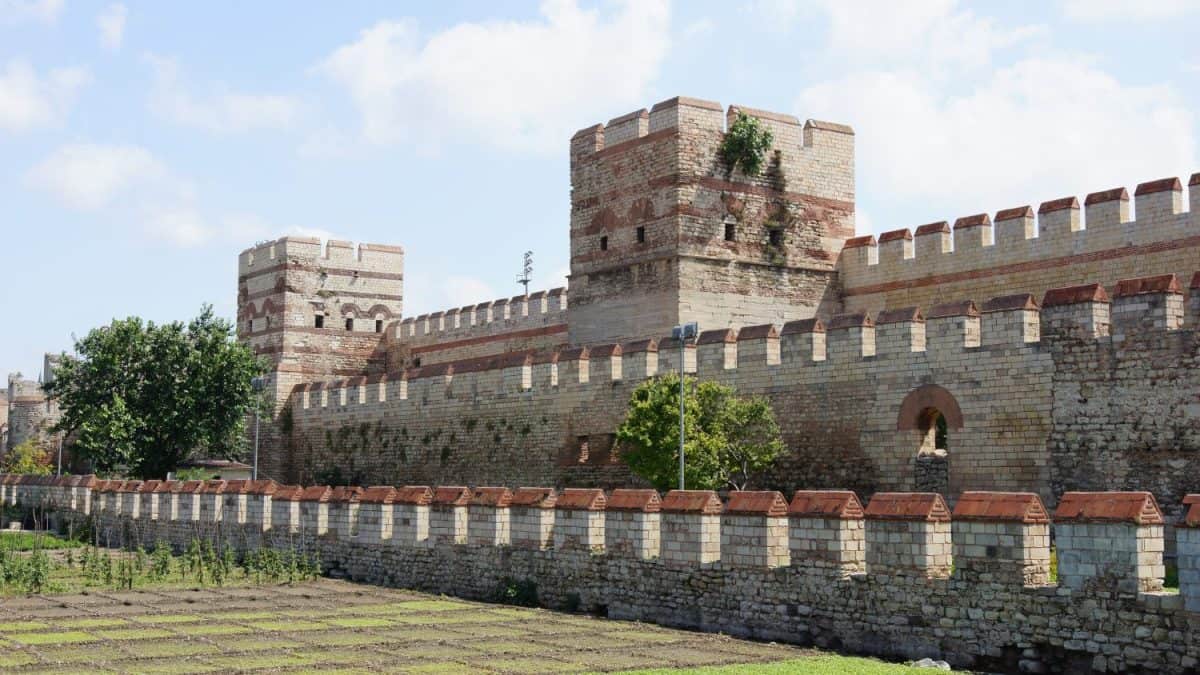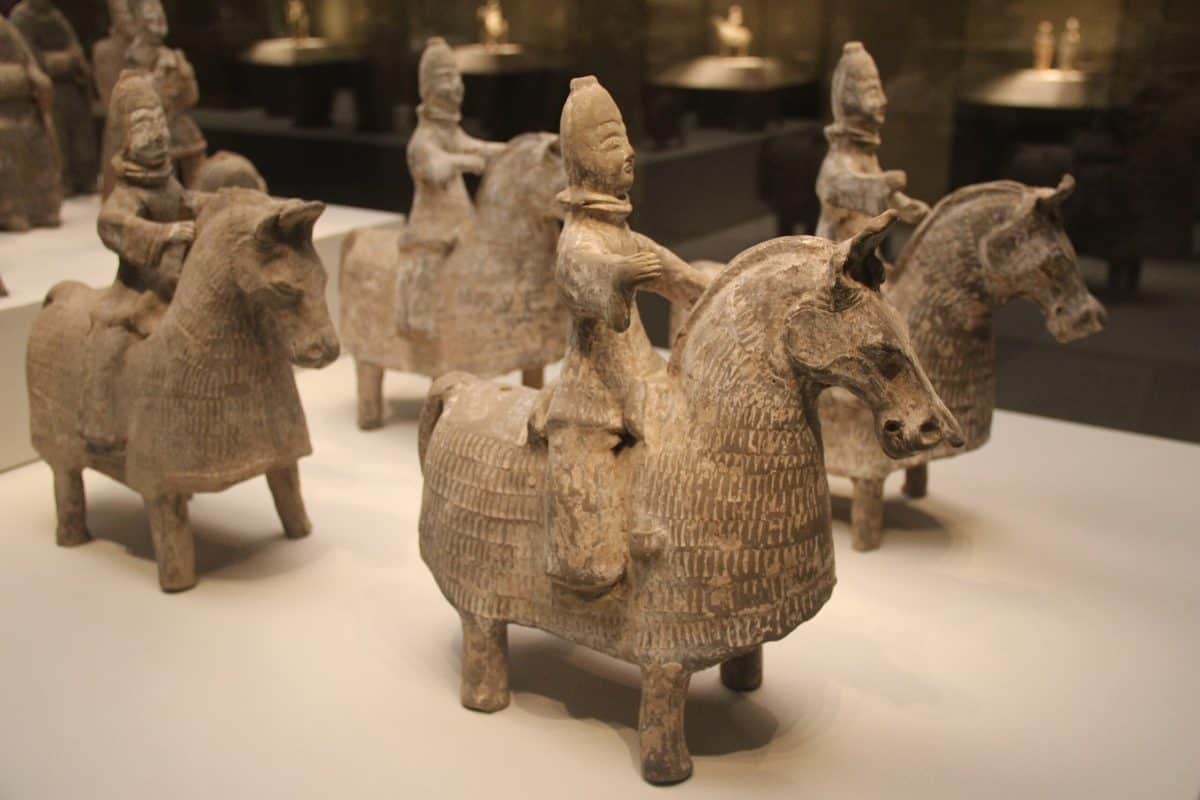Throughout history, humans have fought for land, food, and the right to survive. As long as these needs exist, there has been a need to defend against those who wish to do us harm. With battles between two groups rarely being even, armies have had to think up inventive military strategies to win the day.
Gaining any advantage over any enemy can make the difference between victory and defeat. This is why military strategy has varied so wildly through history as each leader sees the battlefield differently. With this in mind, let’s take a look at some military strategies that seem crazy on today’s battlefield.
Operation Mincemeat

©No 2 Army Film & Photographic Unit, Rooke (Sgt) / Public Domain – Original / License
To deceive the German and Italian Armies about their next attack, the British planted fake invasion documents in 1943 on a dead person and dropped them into the sea off the coast of Spain.
Known as Operation Mincemeat, the plan worked and the Germans believed the British were going to invade Greece. By diverting their force to counter a British invasion, Germany left Sicily vulnerable. As a result, Allied forces landed on Sicily and began their Italian invasion.
Ottoman Fleet

©Igor Bakirov/Shutterstock.com
As one of the most important cities in history, Constantinople was well-defended by the Byzantine Empire. Part of the city’s defense was a giant chain that stretched between the city and the sea, effectively blocking ships.
To overcome the chain, the attacking Ottomans moved their navy over land using log rollers. With the chain bypassed, the Ottomans directly assaulted the city and eventually captured it.
Cats on the Battlefield

©Nils Jacobi/Shutterstock.com
To conquer Egypt, the Persian Army in 525 BC needed to think differently. Knowing the Egyptian people held cats as sacred, Persian leader Cambyses II had his force draw images of cats on their shields. In addition, he had his force hold cats while riding into battle.
The Egyptians refused to harm the cats and were slaughtered. It was a decisive victory and would lead to the Persians eventually capturing Egypt.
The Feigned Retreat

©Alexandru Nika/Shutterstock.com
The Mongol fighting force was one of the most fearsome of its day. During its heyday, leaders like Ghengis Khan conquered much of the known world. To achieve his goals, the Mongols often used the feigned retreat.
By calling for a retreat while locked in battle, enemy forces would undoubtedly pursue retreating Mongol armies. Except the Mongols would “retreat” only to reform and regroup in full force leading to many battle victories.
Hannibal’s Famous Escape

©Gilmanshin/Shutterstock.com
One of the most esteemed and genius military leaders in history, Carthaginian leader Hannibal is famous for his tactics. Even though he was winning battle after battle, Hannibal did find himself trapped in a Campanian valley.
With the Romans guarding the only way out, Hannibal went to work. His army found a group of cattle and attached flaming torches to their horns. The Romans assumed it was Hannibal’s army and attacked. The opening gave Hannibal and his force time to slip out of the valley.
War of 1812

©RebeccaPavlik/Shutterstock.com
To avoid being attacked by the British during the War of 1812, one town in Maryland had a genius idea. The British were targeting the shipbuilding town of St. Michaels to harm the American navy. However, before the British could attack, members of the town placed lanterns at the very top of trees around the area.
As the British looked to attack by land, American cannons drove them back. From their ships, the British shot over the town and into the trees causing almost no damage.
Zhang Xun

©Windmemories /Creative Commons Attribution-Share Alike 4.0 International license – Original / License
Facing a superior force during the An Shi rebellion in China, Tang Dynasty general Zhang Xun showed how superior numbers don’t always win. With his force of 2,000 men outnumbered by 40,000 soldiers from the Yan Dynasty, Xun had to get creative.
As his force ran out of arrows, Xun created straw dummies and lowered them down the wall of a castle. The Yan attacked and their arrows were now embedded in the straw. Zhang’s men would pull the dummies up, collect and reuse the arrows.
Shrinking Army

©Flickr user Gary Todd / Creative Commons Attribution-Share Alike 4.0 International – Original / License
An ingenious plan to win the day was created by Sun Pin, a supposed descendent of Sun Tzu. Pin, along with his Ch’i allies in China were fighting against the Wei state. Pin had his army create 100,000 cooking fires on the first night of the battle, 50,000 on the second night, and 20,000 on the third night.
As the opposing force thought the Ch’i army was shrinking, the Wei attacked. Except, Pin had an ambush ready and the Wei army was defeated.